

Amsterdam | April 2-3, 2019

Building a network of APIs
for a future-proof integrated architecture
Desy Kristianti @dessskris

@dessskris
Photo by Jordan Sanchez on Unsplash

Where did the cushion go?!

@dessskris

Photo by Cabinair Services
Airplane Seats "Micro" Parts

@dessskris
Photo by Pitch Aircraft Seating

About me
Desy Kristianti
Tech Consultant at Deloitte UK
Enterprise Integration Specialist
MuleSoft Certified Developer & API Designer
Dell Boomi Certified Developer


@dessskris
Agenda
- Microservices & Network of APIs
- Is this for you?
- Approaches for Design, Build and Test

@dessskris

Demistifying the jargon
Microservices

@dessskris
API
Connecting applications
Application Programming Interface
Representational State Transfer (REST)
Loosely coupled services
Integration


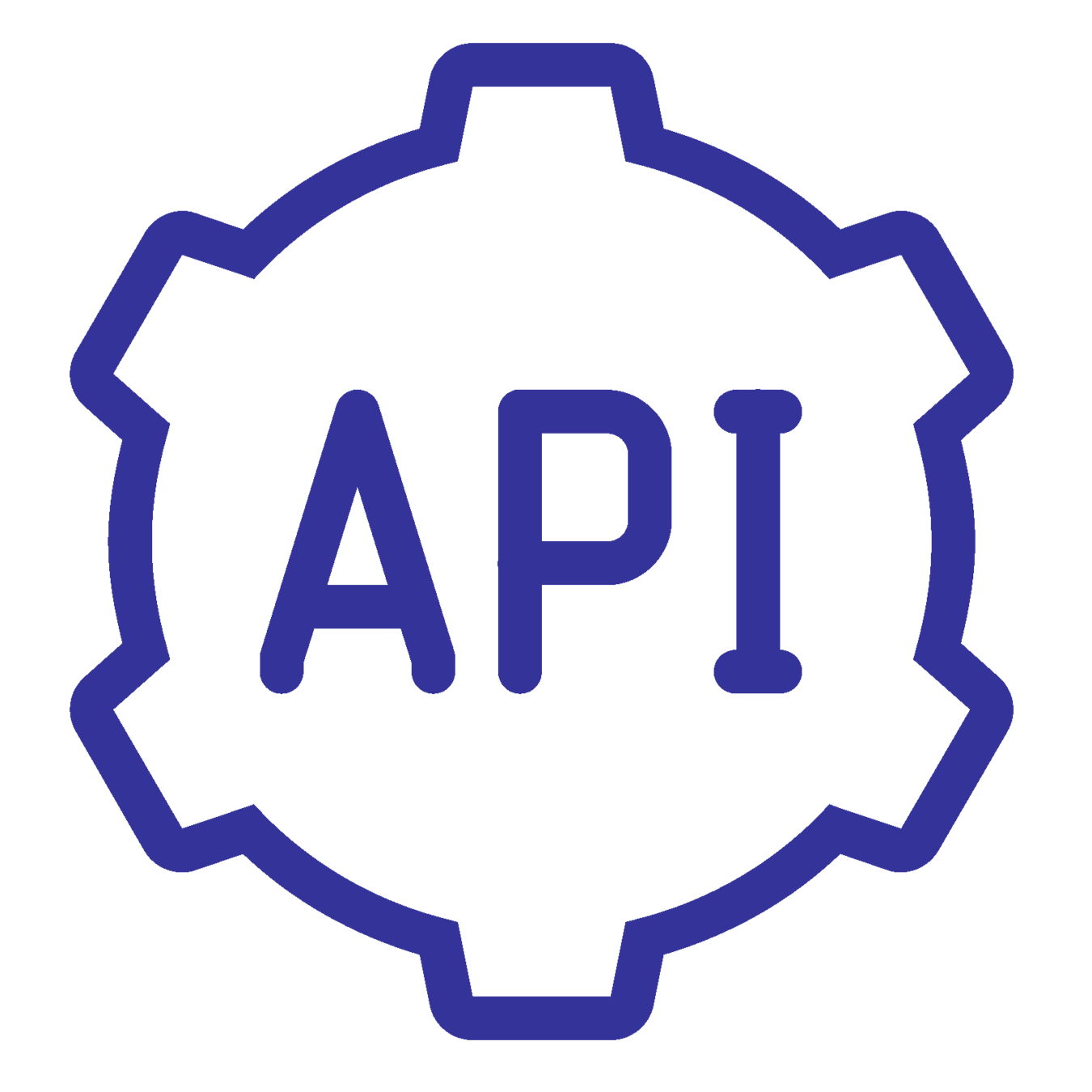
Why future-proof your architecture?
Photo by Randy Fath on Unsplash

@dessskris

It's not about size anymore...
Photo by Cara Fuller on Unsplash

@dessskris

Microservices architecture
Photo by Hong Lin on Unsplash

@dessskris

What's so good about
microservices architecture?
Fast to scale

@dessskris
Easy to plug
and un-plug
Loosely coupled, reusable services
Network of APIs
Photo by Dell Boomi

@dessskris

Case Study: Unibever

@dessskris



Order
Management System
Customer
Management System
Invoice
Management System
Case Study: Unibever

@dessskris



Order
Management System
Customer
Management System
Invoice
Management System
Process:
Upon receiving a new Order in NetSuite,
update the Customer details in Salesforce,
and create a new Invoice in SAP.
Traditionally...

@dessskris
Order
Management System
Customer
Management System
Invoice
Management System

In reality...

@dessskris

But what if...

@dessskris

API-enabled network

@dessskris
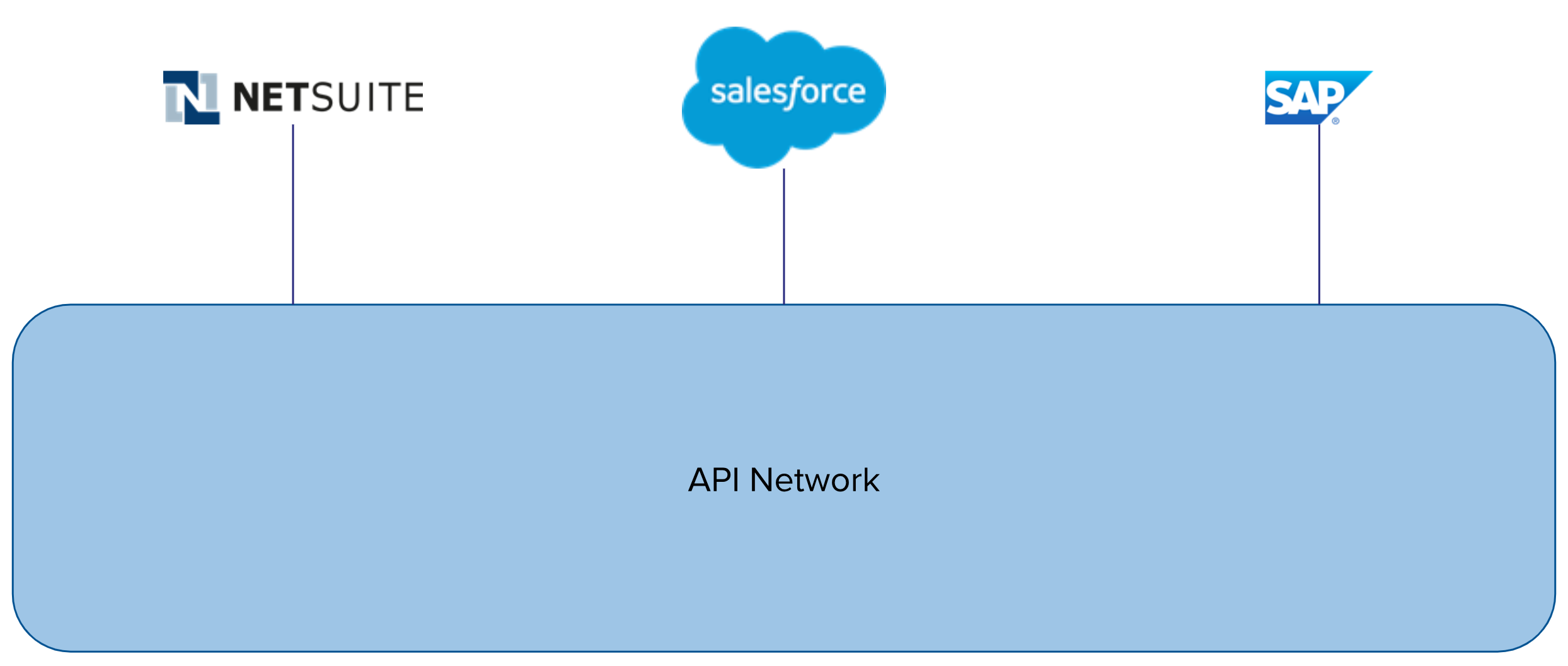
An API for each application

@dessskris

Supported by other APIs

@dessskris

With many more applications...

@dessskris
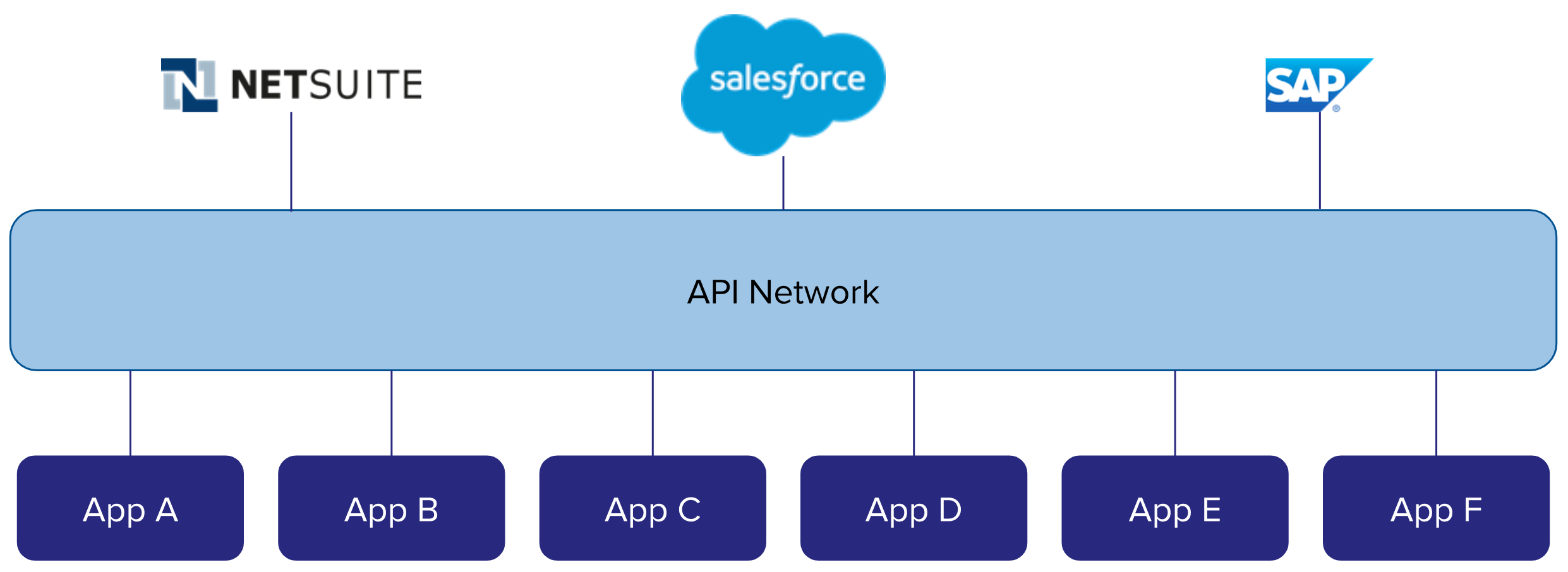
Easily plug and un-plug...

@dessskris
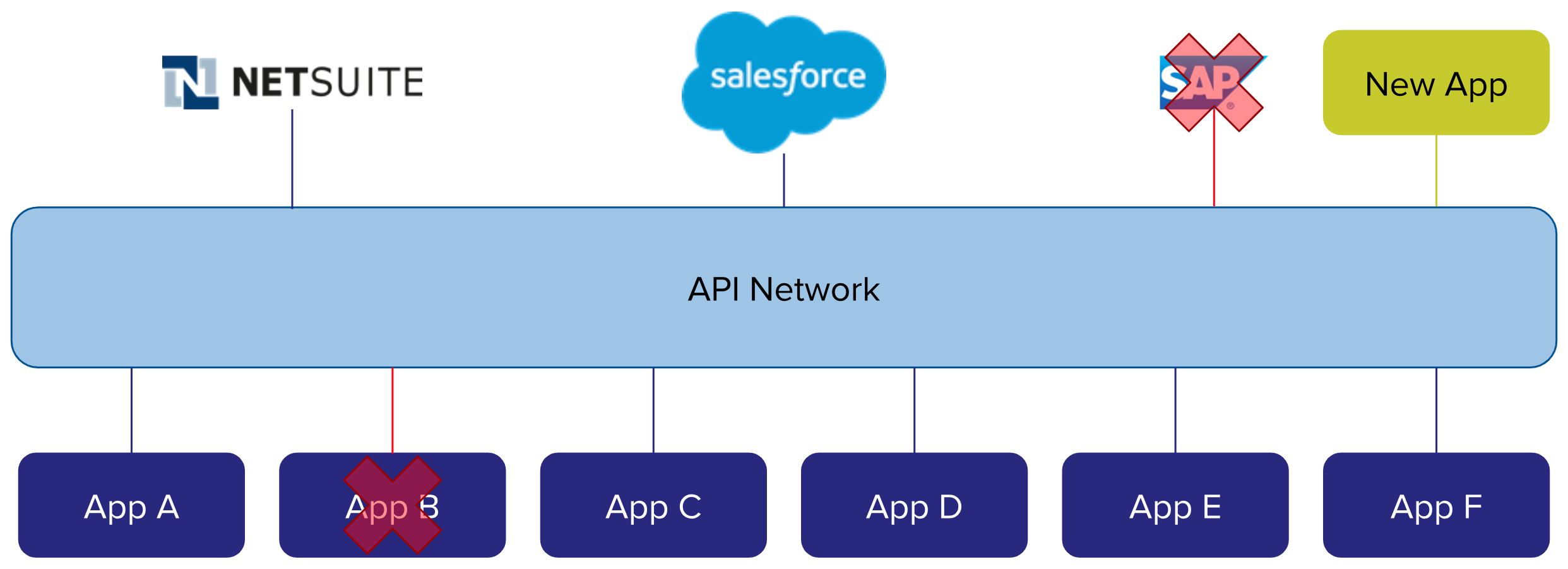
Is this for me?

@dessskris
Advantages
Quickly change
when adopting new or replacing old systems

@dessskris



Reusable components
with caching enabled
Easily integrate
a large number
of different applications
Less developer time and effort, saving money
Disadvantages

@dessskris
Overhead in API management



Extra effort in the short term
Twice the amount of data transformation required
Are you ready to be the fastest?
Photo by Jean Wimmerlin on Unsplash

@dessskris

Show me how to
build a network of APIs!

@dessskris

API Design Approach

@dessskris
Three-layered API architecture

@dessskris

Source: MuleSoft Blog
Case Study: Unibever

@dessskris
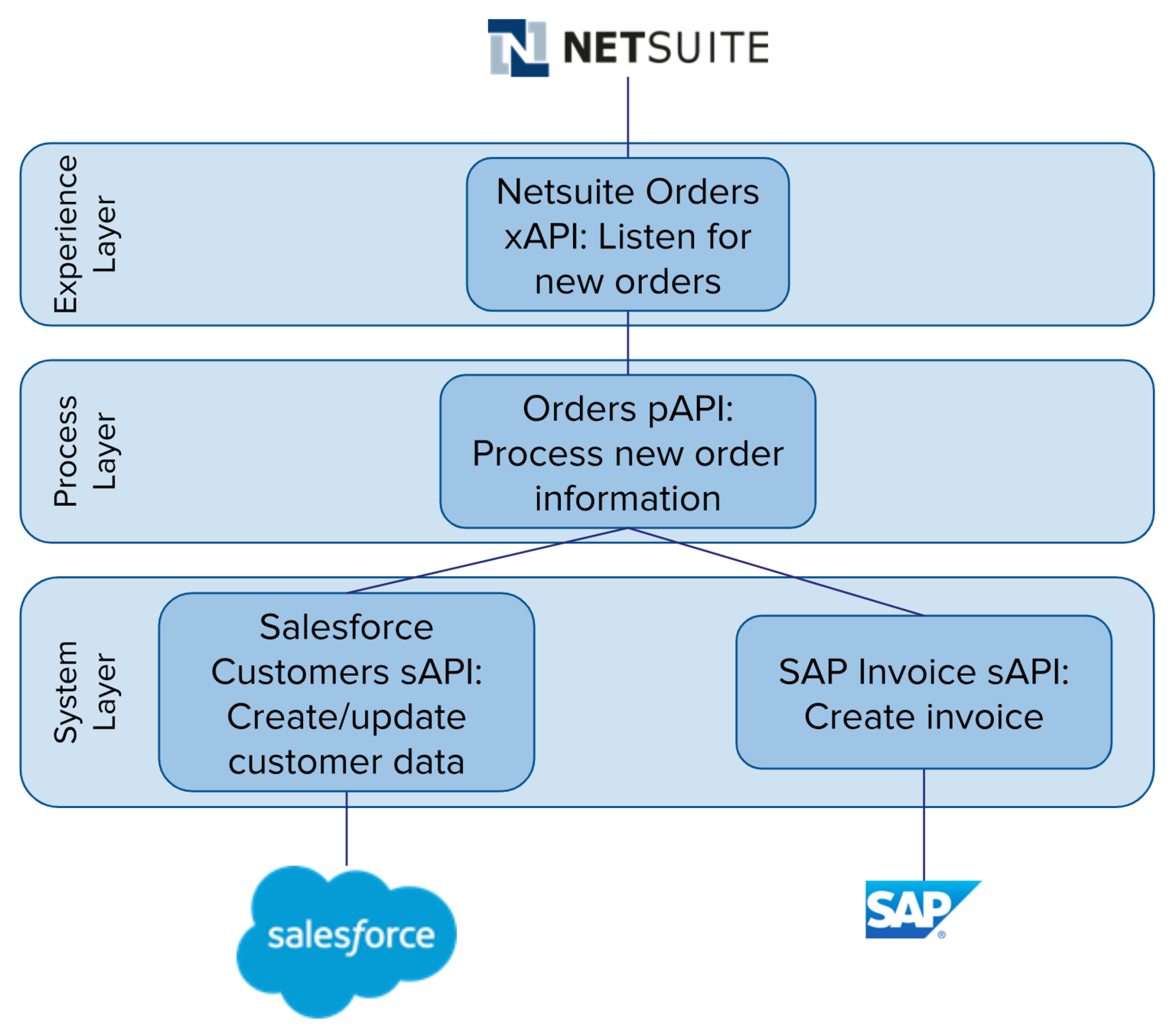
API Design Documentation

@dessskris
Photo by Aaron Burden on Unsplash

e.g. RAML, YAML, Swagger
Designing your endpoints

@dessskris
| Endpoint | GET | HEAD | POST | PUT | PATCH | DELETE | OPTIONS |
|---|---|---|---|---|---|---|---|
| https://host:port/api/v1/customers | ✓ | ✓ | ✓ | ✓ | |||
| https://host:port/api/v1/customers/{customerId} | ✓ | ✓ | ✓ | ✓ | ✓ | ✓ | |
| https://host:port/api/v1/health | ✓ | ||||||
| https://host:port/api/v1/errors | ✓ |
i.e. methods, resources, versioning
API Build
Approach

@dessskris
Building your API implementation

@dessskris

API Template with health check & error handling

Error Handling pAPI

Caching
where relevant

Client ID & Client Secret

Spike control, rate limiting, throttling, IP whitelist/blacklist
Integration Platform as a Service (iPaaS) Tools that can help

@dessskris

Gartner Magic Quadrant for iPaaS
Gartner Magic Quadrant for API Management

Micro-Version Control?

@dessskris









Mono-repository
Modular repositories
Individual API repositories
Branching strategy

@dessskris

Source: GitFlow by Vincent Driessen
https://datasift.github.io/gitflow/IntroducingGitFlow.html
CI/CD considerations
- Each API is independently deployable
- Tag every commit with your user story ID
- Pick up approved and merged commits
- Deploy and run automated tests

@dessskris

Photo by Synopsys
API Test
Approach

@dessskris
Testing considerations
- Write unit tests based on API design docs
- Test the smallest services, and mock its output
- Validate against schema, but also test for expected responses

@dessskris

Conclusion
- Build a network of APIs in order to scale fast
- Three-layer architecture: Experience, Process and System APIs
- API design document is your bible for build & test

@dessskris

Photo by Cara Fuller on Unsplash
Desy Kristianti
https://slides.com/dessskris/network-of-apis

dessskris@gmail.com
Desy Kristianti
@dessskris


